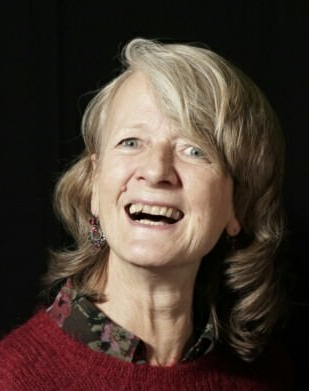Cited By
View all- Chin SKim K(2018)Emotional intensity-based facial expression cloning for low polygonal applicationsIEEE Transactions on Systems, Man, and Cybernetics, Part C: Applications and Reviews10.1109/TSMCC.2008.201128339:3(315-330)Online publication date: 25-Dec-2018
- Hassani KNahvi AAhmadi A(2013)Architectural design and implementation of intelligent embodied conversational agents using fuzzy knowledge baseJournal of Intelligent & Fuzzy Systems: Applications in Engineering and Technology10.5555/2596266.259629525:3(811-823)Online publication date: 1-May-2013
- Paggio PNavarretta C(2011)Head movements, facial expressions and feedback in Danish first encounters interactionsProceedings of the 6th international conference on Universal access in human-computer interaction: users diversity - Volume Part II10.5555/2027376.2027444(583-590)Online publication date: 9-Jul-2011


